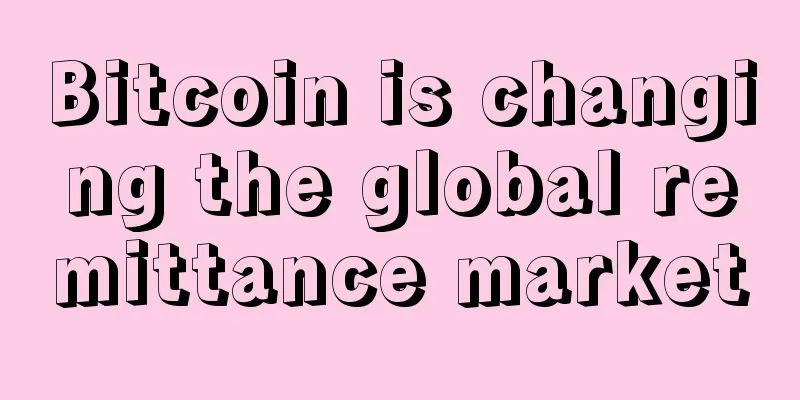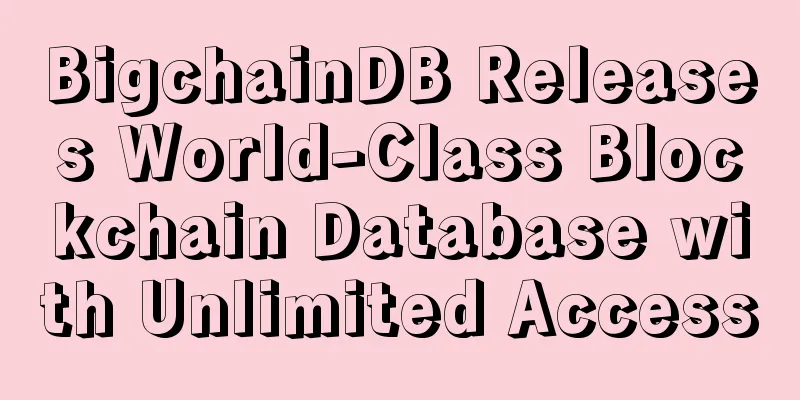Bitcoin is changing the global remittance market

|
A recent article in Forbes suggests that top media publications have begun to acknowledge the fact that Bitcoin is developing into an important option for people as it not only reduces the cost of the international remittance market but also increases the speed. The blog states: "International remittance costs were estimated at $44 billion globally last year. International remittances - the transfer of money from one country to another - are generally to low-income households, and have been shown to reduce overall poverty levels in a country. But they also come with high transaction costs and long transaction times - a significant barrier to people trying to escape poverty." At a glance, it’s clear that new technologies like Bitcoin can serve people well who can’t afford the high fees associated with traditional payment methods. The blogger wrote that the existing financial infrastructure is still in the pre-Internet era, which hinders the efficient circulation of money around the world. However, he believes that digital currencies are very important for global international remittance protocols. He specifically mentioned Bitcoin, which some tech startups have used to reduce international remittance costs. Bitcoin is a peer-to-peer currency that is freely traded on the Internet, which can help people reduce the cost of transferring money compared to traditional banks. How big is the international remittance market? Massive unemployment and the huge income gap between developed, developing and underdeveloped countries have created a large number of employment opportunities for people outside their hometowns. Today, workers' international remittances are an important component of international capital flows, especially for labor-exporting countries. A news report in Business Standard stated: Growth in international remittances slowed sharply in 2015. Remittances are expected to remain weak in Europe and Russia through next year. Total international remittances reached $583 billion in 2014, more than twice the amount of official development assistance. India received $70 billion, China $64 billion, and the Philippines $28 billion. If the expected global economic recovery materializes next year, global remittance flows are expected to accelerate by 4.1% to about $610 billion in 2016, rising to $636 billion in 2017. Remittance flows to developing countries are expected to recover to $459 billion in 2016 and rise to $479 billion in 2017. Bitcoin is a breath of fresh air in the exploitative international remittance market Some bitcoin payment companies such as Igot, BitPesa and BitX saw an opportunity to build bitcoin businesses in Africa and other continents. According to Forbes: The main reason for high international remittance costs is conflict - the slow and inefficient way money is moved from one country to another. Moving money is expensive because connectivity between financial institutions and systems is limited. Currently, we don’t have a neutral network to connect isolated institutions together, so money transfers aren’t cheap or seamless. Bitcoin can be a solution for people who pay 10% of their international remittances in fees. The current system is extremely exploitative, especially for people who live on $2 or $3 a day. Several Bitcoin transaction operation models Even through digitization, international remittances still rely heavily on third parties, such as banks. International remittances still require legal verification from the sender to the recipient. Bitcoin allows customers to access multiple operating models, such as from Bitcoin to Bitcoin, from Bitcoin to fiat currency, and from fiat currency to fiat currency. There are currently three different operating modes for customers to choose from: From Bitcoin to Bitcoin This option is only suitable for those living in advanced or developed countries. The sender needs to hold Bitcoins and the receiver can use them directly after receiving them. The customer needs to have access to an electronic wallet and exchange platform, such as Coinbase in the United States. From Bitcoin to Fiat Currency This is a model that has great potential in the international remittance market. The remitter needs to have easy access to Bitcoin, then send the Bitcoin to the remittance agency, and finally the recipient can receive the remittance. The basic assumption of this model is that developing countries have easy access to Bitcoin wallets, but payments with Bitcoin are limited. The author of this story belongs to this category. From Fiat Tender to Fiat Tender The remitter pays in local currency and remits the money to the recipient through a remittance agency. Bitcoin acts as a medium for fund conversion. Bitcoin is changing the rules of the game in the international remittance market. |
<<: MovieTickets CEO: Bitcoin boosts movie spending
>>: There are nine difficult ways to buy Bitcoin
Recommend
Is the mole on a woman's mouth good or bad?
Although moles on the face do affect one's ap...
Bankymoon: Why South Africans Don’t Trust Bitcoin
According to Lorien Gamaroff, CEO of Bankymoon, A...
There are five types of sad faces
The most direct way to tell how a person feels to...
What is the difference between nasolabial folds and crow's feet? They look different.
When we look at a person's face, we can tell ...
The most likely face to attract wealth
The most likely face to attract wealth In daily l...
A woman who is capable of doing business will surely make money if she does business.
Not everyone is suitable for doing business. Some...
What does a woman look like when she is rich and prosperous?
Every woman hopes that her life after marriage wi...
What does it mean if a woman has a mole behind her ear?
The influence of moles on us is completely differ...
What does it mean that the little finger has passed the three levels and has no worries about food, clothing and shelter?
Traditional Chinese physiognomy is actually divid...
Is it good or bad if the wealth line is clear and straight? What does it mean?
The money line to a certain extent indicates a pe...
Are couples actually destined to be together? What are the facial features for meeting your true love?
In fact, husband and wife are destined to be toge...
What is the fate of people with flowers on the top of the fate line?
When talking about fate, everyone will become ver...
See your destiny from your nasolabial lines
The nasolabial folds are two vertical lines runni...
Do women with four white eyes have a good life? What is the personality of people with four white eyes?
Four white eyes refer to a kind of eye shape. Its...
Is it good luck for a woman to have twin moles?
Everyone has moles on their bodies. These moles g...









